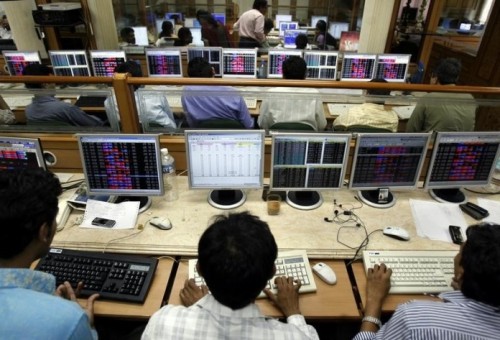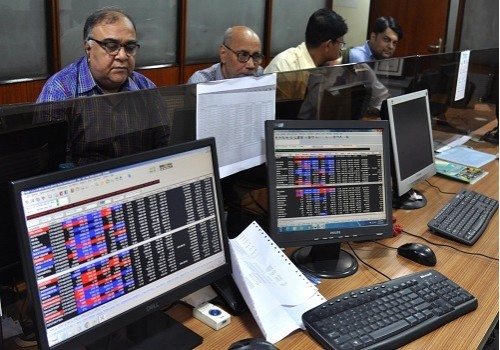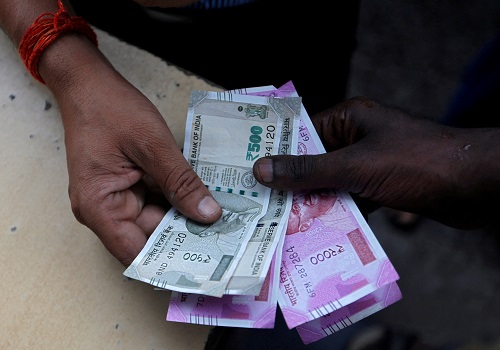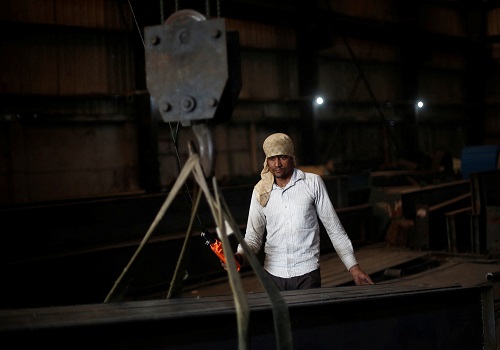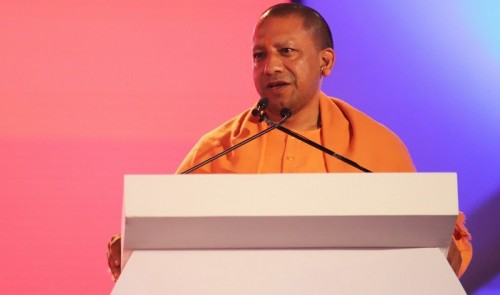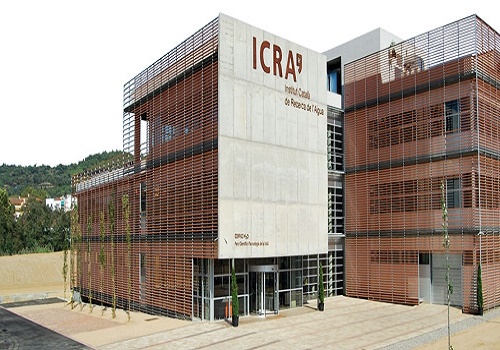Benchmarks end lower for fourth day amid volatility

Follow us Now on Telegram ! Get daily 10 - 12 important updates on Business, Finance and Investment. Join our Telegram Channel
Indian equity benchmarks ended in the red for the fourth consecutive day on Friday, amid volatility, due to selling pressure in heavyweights such as ITC, Maruti Suzuki and Infosys. The benchmark indices had a gap-up opening on the back of positive global cues. Traders got encouragement as Icra Rating has said that the economy finally looks nearly out of the pandemic woods, helping the Q2 GDP print at 7.7 per cent, with half of the 15 high-frequency indicators recovering to the pre-pandemic levels in the second quarter. Some solace also came with Commerce and Industry Minister Piyush Goyal’s statement that all indicators, including GDP, foreign direct investment (FDI) inflows and exports growth, are pointing towards a clear and sharp economic recovery in the country. Adding more optimism, Union Minister Hardeep Singh Puri has exuded confidence that India will become a $5-trillion economy by 2024-25 and $10-trillion by 2030. On economic growth momentum, he said petrol consumption is 16% higher than pre-COVID levels, while diesel consumption is 10-12% higher. He noted that even the stock market has registered a growth of 250% since March 2020.
However, markets were unable to sustain their early gains and slipped into the negative zone in noon deals, as traders turned cautious as Union Power Secretary Alok Kumar stressed on the need to have strategic fuel reserves to insulate the nation from supply shocks for at least a month, in the backdrop of the ongoing coal shortage at power plants in the country. Some concern also came with private report stating that the number of organisations in the country are concerned that their existing data protection solutions will not meet all future business challenges, including cyber threats. However, losses remain capped as some optimism remained among traders with Niti Aayog Vice Chairman Rajiv Kumar’s statement that Indian economy is expected to grow 10.5 percent or more in the current fiscal. He also said that modernisation of the retail sector is very much on the cards.
On the global front, Asian markets ended mixed on Friday, as traders remain concerned about the coronavirus situation in the region, which is hindering economic activity. European markets were trading higher after China Evergrande Group reportedly supplied funds to pay interest on a U.S. dollar bond, helping ease contagion fears. However, the flash euro zone composite output purchasing managers index (PMI) dropped to a six-month low of 54.3 in October from 56.2 in September, according to IHS Markit. The flash services PMI dropped to 54.7 from 56.4, also a six-month low. Back home, on the sectoral front, banking stocks were in focus with a report that the government is likely to pump capital in public sector banks during the last quarter of the current financial year to meet the regulatory requirements. Stocks related to textiles sector were in action as Minister of State for Textiles Darshana Jardosh said the Centre has set an ambitious target of achieving $100 billion from the country's textiles exports in the next five years.
Finally, the BSE Sensex fell 101.88 points or 0.17% to 60,821.62 and the CNX Nifty was down by 63.20 points or 0.35% to 18,114.90.
The BSE Sensex touched high and low of 61,420.13 and 60,551.15, respectively and there were 14 stocks advancing against 16 stocks declining on the index.
The broader indices ended in red; the BSE Mid cap index fell 0.97%, while Small cap index was down by 1.20%.
The top gaining sectoral indices on the BSE were Realty up by 2.45%, Bankex up by 0.74%, Finance up by 0.47% while Metal down by 2.93%, Basic Materials down by 1.78%, Healthcare down by 1.58%, IT down by 1.55% and TECK down by 1.33% were the top losing indices on BSE.
The top gainers on the Sensex were HDFC up by 2.11%, Bajaj Auto up by 1.81%, Indusind Bank up by 1.21%, Kotak Mahindra Bank up by 1.19% and Axis Bank up by 0.98%. On the flip side, ITC down by 3.39%, Maruti Suzuki down by 2.12%, Infosys down by 1.96%, NTPC down by 1.93% and HCL Technologies down by 1.45% were the top losers.
Meanwhile, Icra Rating has said that the economy finally looks nearly out of the pandemic woods, helping the Q2 GDP print at 7.7 per cent, with half of the 15 high-frequency indicators recovering to the pre-pandemic levels in the second quarter. However, the September print was not as good as the quarter, indicating that the recovery remains uneven. Icra Rating chief economist Aditi Nayar said while continued base normalisation, emerging supply-side constraints and excess rainfall have dampened the year-on performance of most of the 15 high-frequency indicators in September, the economic recovery has widened in Q2 as the crisis wrought by the second wave has abated, with a larger number of sectors bettering their pre-pandemic performance, relative to Q1.
The annualised performance of 14 of the 15 high-frequency indicators, except non-food bank credit, have worsened in September compared to August. Accordingly, Nayar projects real GDP in Q2 to have mildly trailed the level of Q2 of FY2020, at 7.7 per cent, compared to 2.21 per cent in Q1, led by the continued subdued performance of the contact-intensive sectors. She also expects the daily average generation of the GST e-way bills in October to surpass the peaks seen in February-March 2021, indicating a better print of the growth numbers in the second half of the current fiscal. Despite the widened recovery in Q2 with a larger number of sectors bettering their pre-pandemic performance, Nayar said the revival is multi-speed, with a considerable variation in the pace of growth across sectors.
There is also the growing evidence of a K-shaped recovery, as is evidenced by the sharp disparity in the performance of the stock markets, robust growth in direct tax collections and improved business sentiment, juxtaposed with the continued pessimism displayed by urban households in the RBI's latest consumer confidence survey. The low performance in September was mainly on account of a combination of factors such as continued base normalisation (especially for motorcycles and scooters, domestic airline passenger traffic, and generation of GST e-way bills), supply-side constraints (non-availability of semi-conductors particularly for passenger vehicles) and excess rainfall.
The CNX Nifty traded in a range of 18,314.25 and 18,034.35 and there were 15 stocks advancing against 35 stocks declining on the index.
The top gainers on Nifty were HDFC up by 2.21%, Bajaj Auto up by 1.71%, Kotak Mahindra Bank up by 1.32%, Axis Bank up by 1.20% and ONGC up by 0.97%. On the flip side, Hindalco down by 4.61%, Coal India down by 3.65%, Tata Motors down by 3.43%, ITC down by 3.35% and Tata Consumer Product down by 2.75% were the top losers.
European markets were trading higher; UK’s FTSE 100 increased 33.38 points or 0.46% to 7,223.68, France’s CAC rose 63.10 points or 0.94% to 6,749.27 and Germany’s DAX was up by 93.47 points or 0.6% to 15,566.03.
Asian markets ended mixed on Friday, following the mixed cues from Wall Street overnight. Chinese shares ended lower, even as Chinese developer Evergrande Group made an overdue interest payment to international bondholders just before the 30-day grace period ends. South Korean shares closed flat with negative bias as investors turned cautious ahead of the third-quarter economic data and earnings report from major chipmakers at home. Meanwhile, Japanese shares gained after data showed factory activity growth in the country picked up in October from the previous month and the services sector expanded for the first time in 21 months, but caution ahead of the nation’s general election capped gains.
Above views are of the author and not of the website kindly read disclaimer


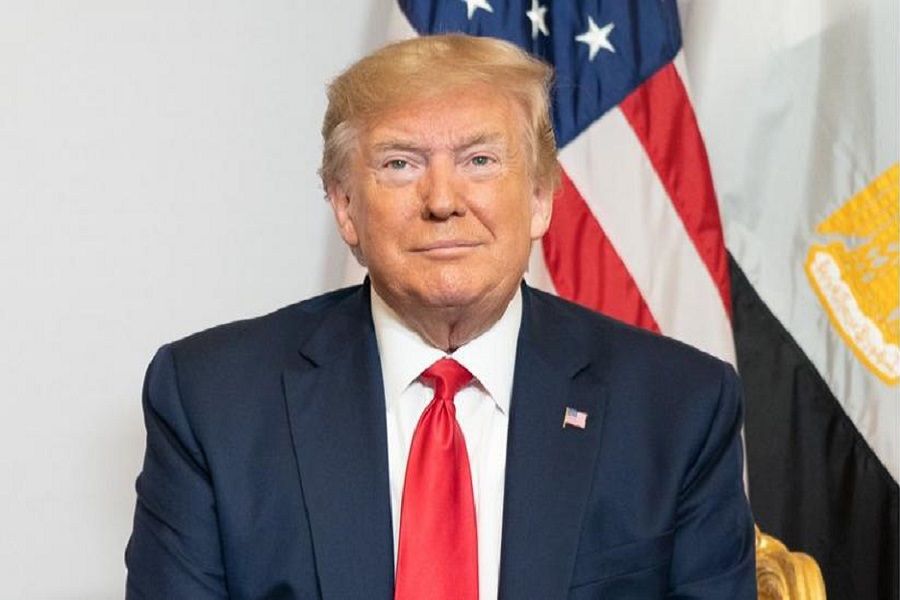
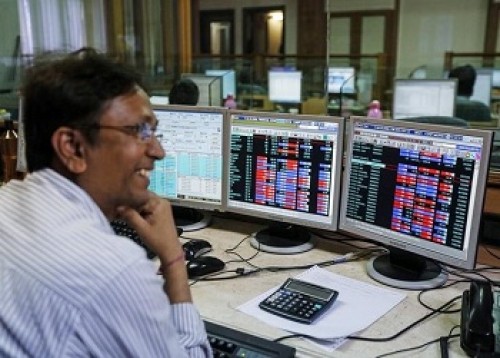
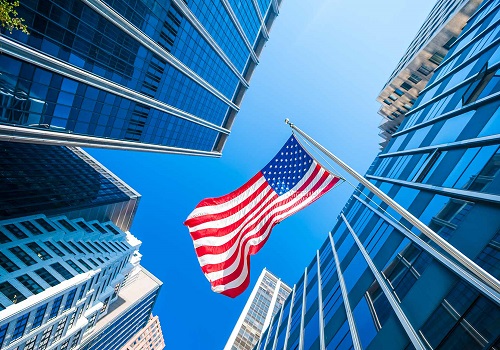
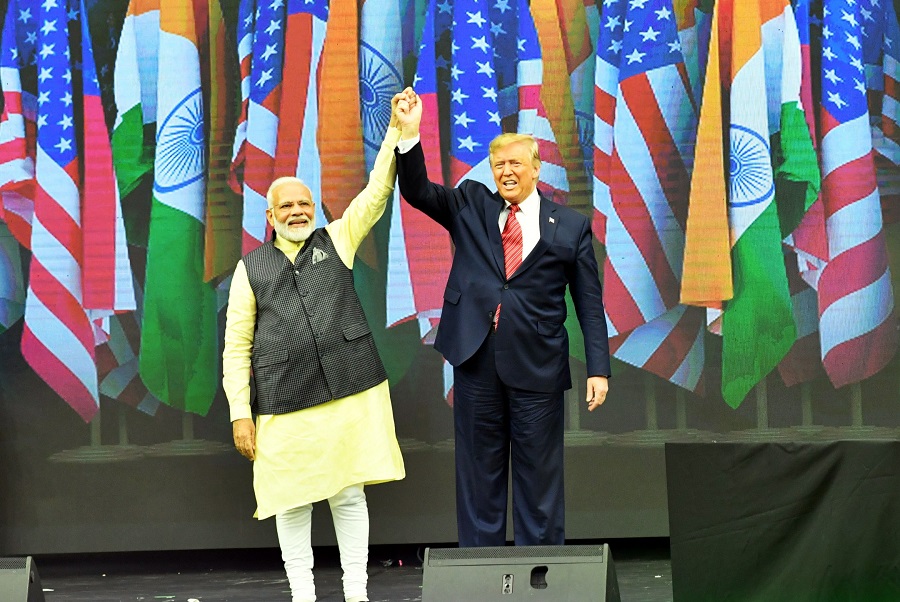
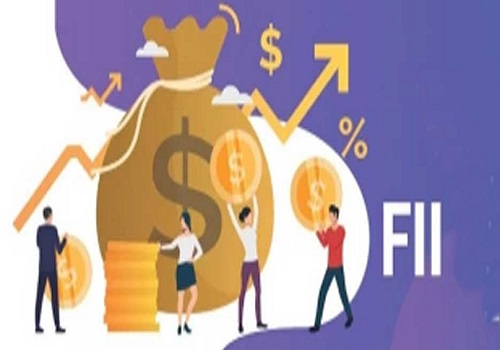

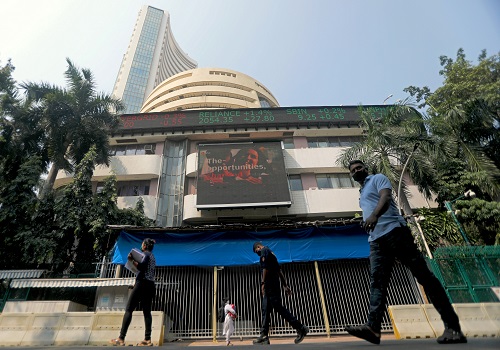
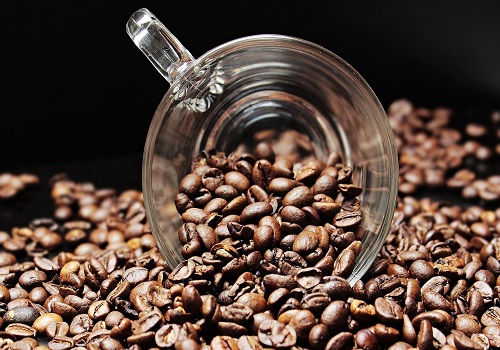
Tag News

Weekly Market Analysis : Markets strengthened recovery and gained nearly 2% in the passing w...
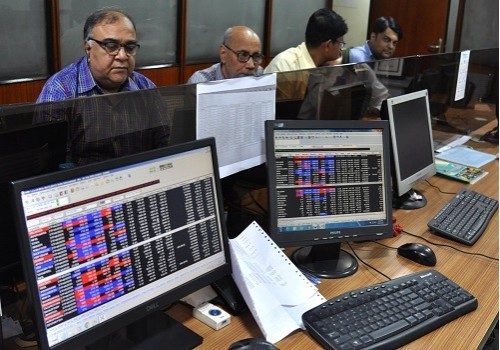
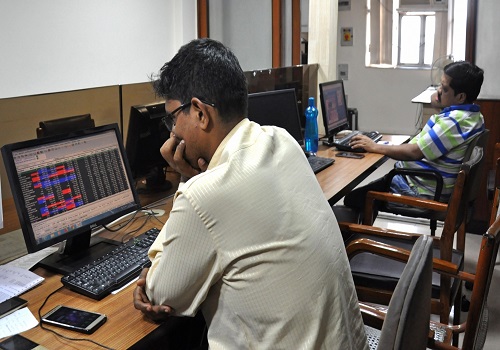
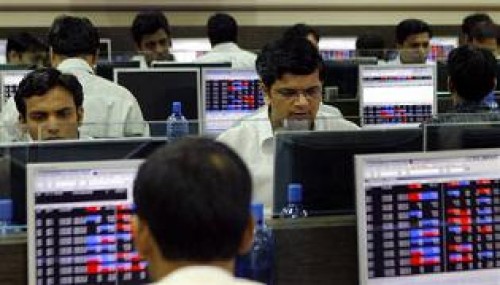
More News
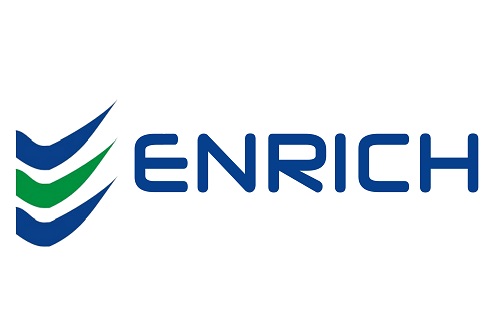
Pre-Market Wednesday Asian market positive trading, Nifty50 on the SGX were trading higher a...
